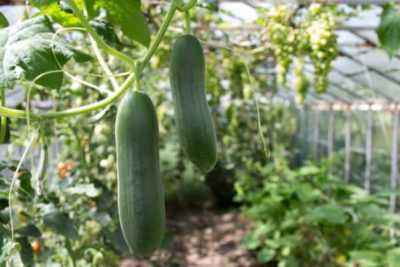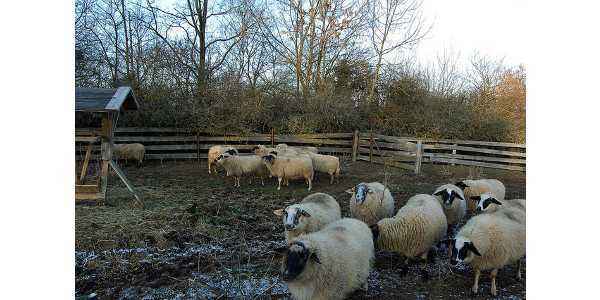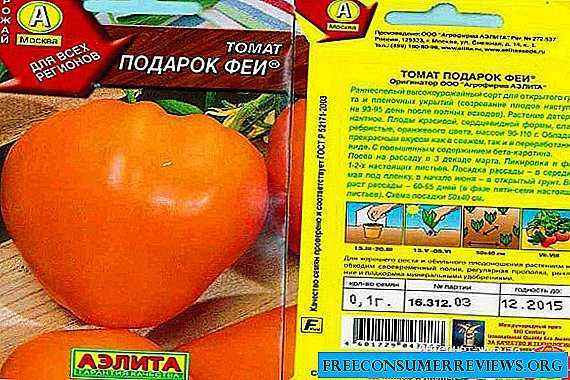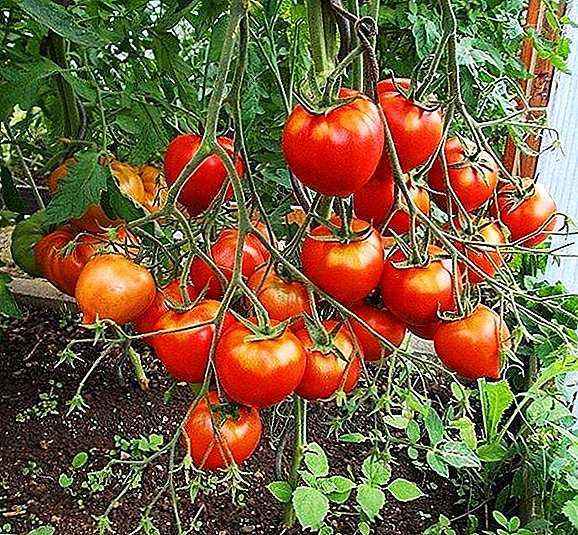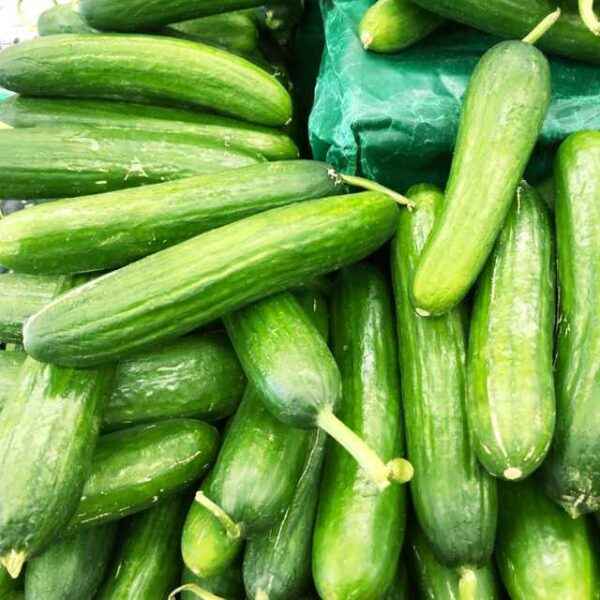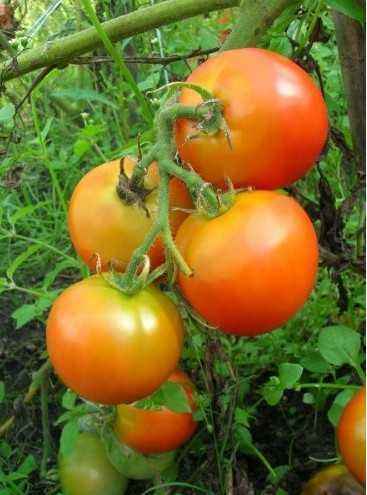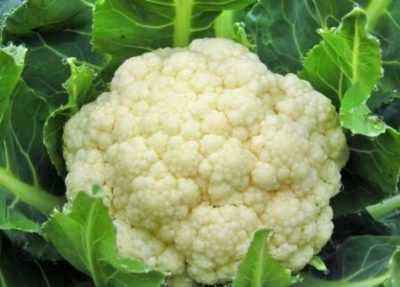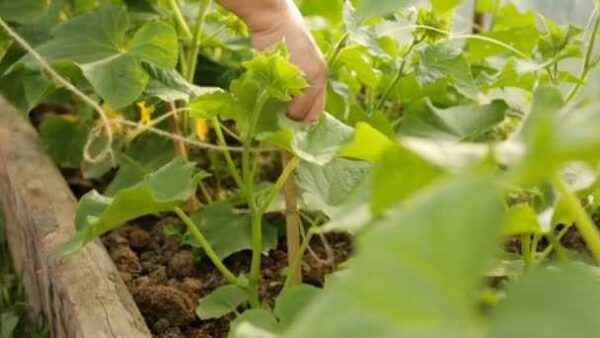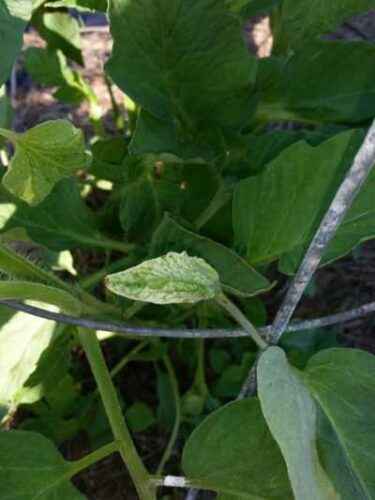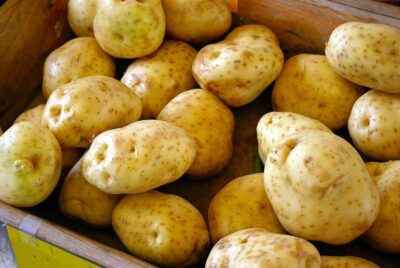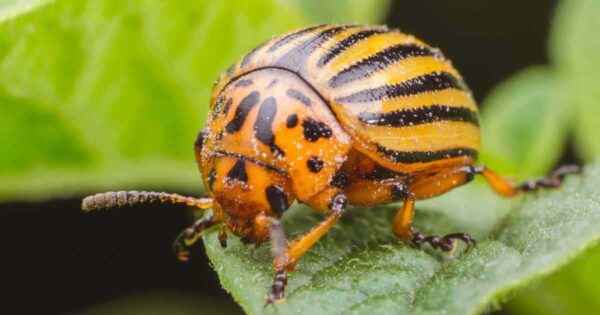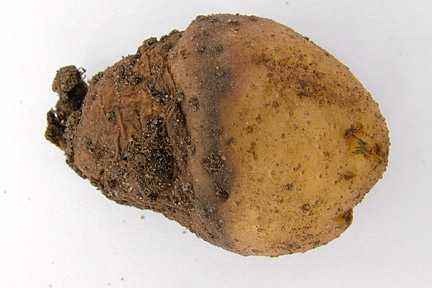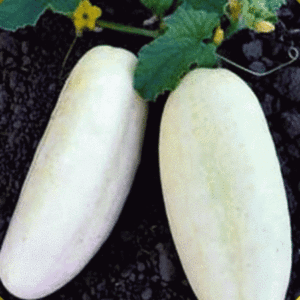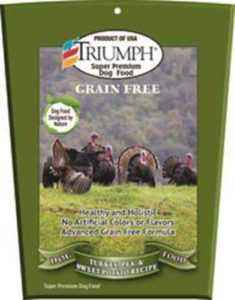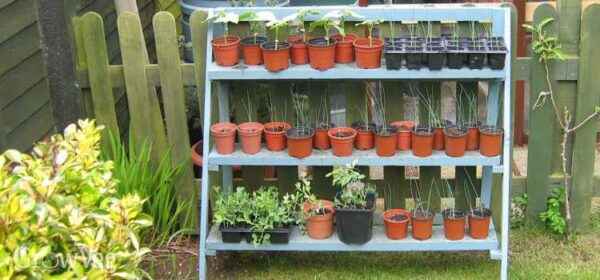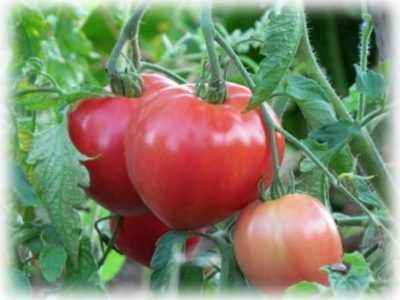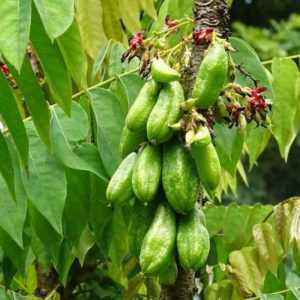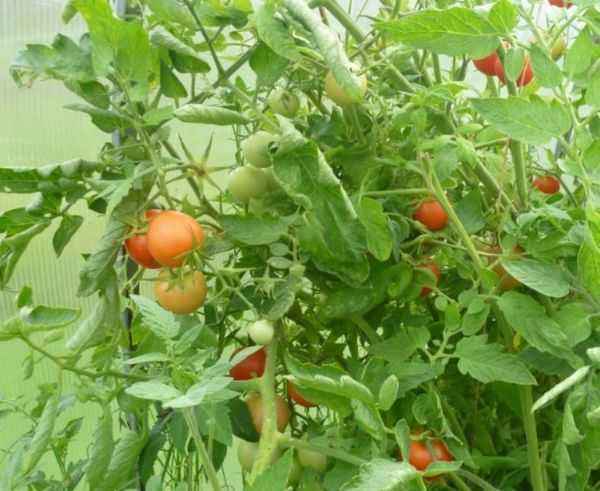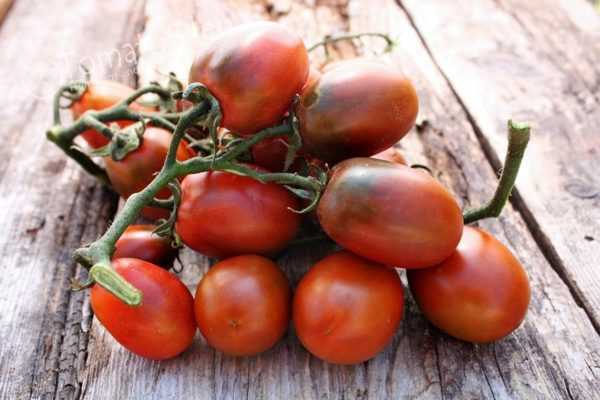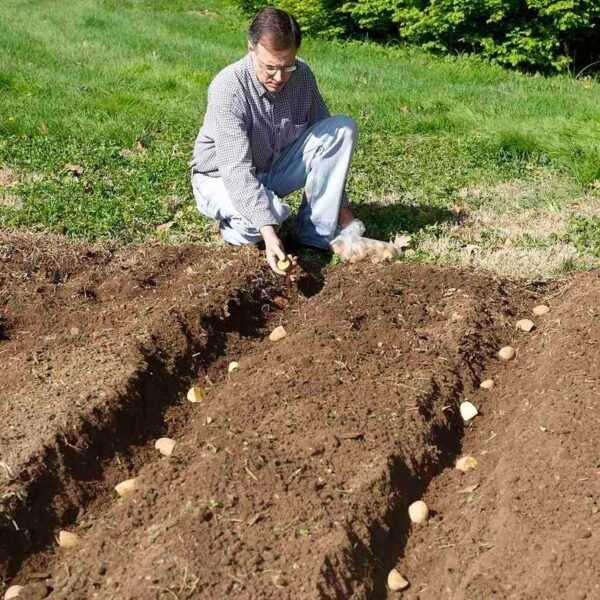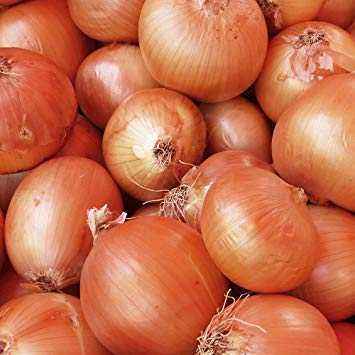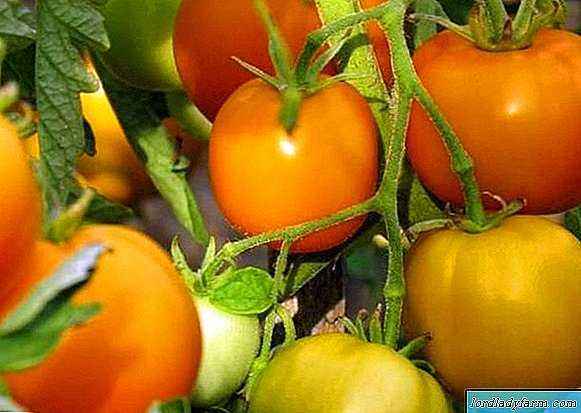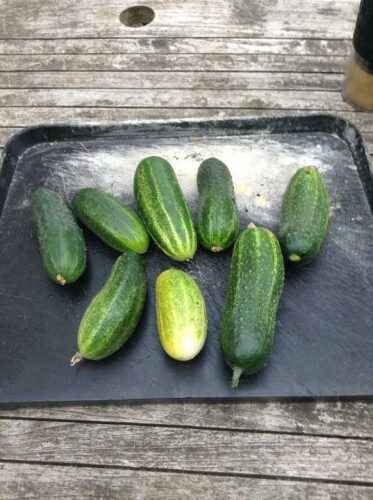One of the best varieties of tomatoes is the Volgograd tomato that has been tested over the years. It was bred by breeders over 40 years ago and is still popular among summer residents. The mass of positive reviews about tomatoes Volgogradsky over the years makes it one of the most commonly cultivated varieties in home gardens.
- Description of the variety
- Disease resistance
- Yield <
- Agricultural engineering <
- Conclusion <
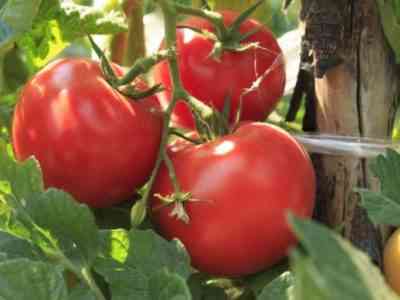
Characteristics of tomato Volgogradsky
It belongs to non-hybrid varieties, which means that everyone can collect planting material on their own, which significantly reduces the cost of seeds and gives 100% confidence that in the future a tomato with the same characteristics will be obtained in the year they are like Volgograd tomato. Hybrid species can be superior to their ancestors in taste and growth progression, but the main characteristics more often remain the same.
Variety description
The official description says that the Volgograd Tomatoes ripen on 95-110 days after the appearance of the first shoots, therefore, they are mid-ripening. Determinant plant with a height of not more than 1 meter. Tomato Volgograd compensates for its compactness with an abundance of peduncles. An ovary forms under each leaf. The shoots are densely covered with wide rounded leaves of dark green color.
In each cluster there are about 5-7 fruits of a round, flattened at the base of the form.
Volgograd tomatoes are practically identical fruits of a small size.Their weight ranges from 75 to 100 grams. The Volgograd tomatoes ripen very amicably, which makes them an ideal variety for conservation. The pulp has a rich sweet taste, the skin is dense, but not stiff, so they are also used to prepare salads, first and second courses.
The bush can easily do without a garter, as it has a low stature and strong shoots. If the area where the Volgograd tomato planted is planted is very blown by the winds, then the plants should be tied up.
Resistance to diseases
Since the Volgograd tomato was bred for a long time and since practically unchanged, it has not a high resistance to various nightshade diseases. It is necessary to work ahead of the curve and do everything possible to prevent the disease. Otherwise, the gardener may be left with a meager harvest or without it at all.
The Volgogradsky tomato variety is especially often sick:
- Late blight – damage to shoots, leaves or fruits by late blight fungi. Their spores are in the soil and do not die even during the most severe winters. Seeds of the Volgogradsky tomato variety may also be infected. For prophylaxis, the bushes and the ground around them are treated with copper sulfate or other specialized preparations. Fruit and plants affected by late blight are immediately removed, but not thrown away. The spores of the fungus remain active for a long time. They must be burned.
- Alternariosis – a bacterial disease that provokes a violation of crop rotation and growing conditions of the tomato variety Volgogradsky. The culture is affected by spotting and eventually withers away with unripened fruits. In order to prevent the use of Bordeaux liquid and copper chloride. Already affected specimens are sprayed with Ridomil.
- Anthracnosis – an infectious disease of the Volgograd tomato variety. The causative agent enters the soil with infected seeds or fertilizers. The disease manifests itself as a defeat of ripe fruit with speckled rot. Sick bushes must be disposed of in a timely manner, taking them away from the site or burning them.
Using modern selection methods, subspecies that have a high resistance to dangerous diseases have been developed. Tomato Volgograd – 323 early pink variety, much more resistant to late blight, but tomato Volgograd – 595 later and not susceptible to anthracnose.
Yield
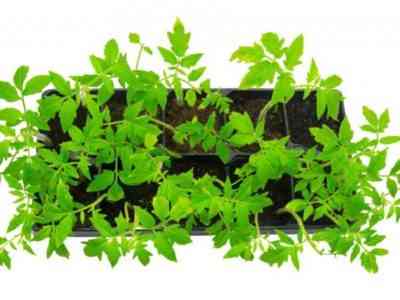
When buying seedlings, pay attention to the appearance of
Grade reviews and photos tomato Volgograd once again proves its popularity among gardeners. The main criterion is its high productivity.
The cultivation of this variety of tomatoes makes it possible to get up to 4.5-5 kilograms of fruit per square meter.On a plot of land of this size, about 3-4 bushes are planted. How to do this correctly can be found on videos that are publicly available on the network. But the yield of tomatoes depends on:
- the conditions in which seedlings were grown;
- timely proper nutrition of flowering and fruit-bearing tomatoes;
- soil quality;
>
- weather conditions;
- soil moisture.
If seedlings will be bought in nurseries or by hand, then you should pay attention to its appearance. Sick and stunted seedlings will yield a very meager crop, regardless of variety. Among other things, there is a danger of introducing fungal pathogens into the ground through poor-quality planting material.
Agricultural technology
Volgogradsky can grow tomatoes both in greenhouses and in unprotected soil. The plant productivity does not depend on this in any way; only the ripening periods change. Hothouse tomatoes, the cultivation of which begins a little earlier than soil, are harvested in early July. Regardless of the method of planting, tomato yield Volgogradets has good reviews.
In spring, seedlings are grown from seeds. When the first three true leaves appear, each young plant is planted in a separate pot. Transplantation into the open ground occurs on 55-60 days after the appearance of the first seedlings. Judging by the description and photo, Volgogradsky tomato is building up by this moment a sufficient root system to quickly take root in the ground.In order for the seedlings to adapt well to the new growing conditions, it is first tempered.
Despite the fact that the reviews on the Volgogradsky tomato variety speak about its unpretentiousness, the plant needs good care. Proper plant care includes:
- timely pinching is necessary to prevent late blight and the formation of a bush;
- watering as the topsoil dries;
- garter with a high probability of strong winds;
- removal of shoots and fruits affected by diseases, and sometimes the entire plant;
- weeding weeds;
- not deep loosening of the soil, so the roots were sufficiently ventilated;
- top dressing in several stages.
After the growing season, the shoots are removed from the site and burn them. It is not recommended to bury the leafy part of tomatoes in the ground, in order to avoid outbreaks of late blight on the site. The same applies to the fruits affected by the disease. You cannot use diseased plants for compost, because spore activity has persisted for a long time.
The cultivation of tomatoes of this variety has another important detail that affects crop yield and plant health – this is crop rotation. The correct alternation of crops on the site can greatly simplify the care of them and reduce the cost of feeding and processing from diseases and pests.
Conclusion
Among the huge variety of modern tomato varieties, Volgogradets has been a leader for over 40 years. It is not only unpretentious, but also pleases summer residents with a plentiful harvest. Separately, it is worth mentioning the taste of the fruit, because they are not inferior to many new hybrid tomatoes. But the variety has recently been rarely grown on fields on an industrial scale, due to its low resistance to diseases and pests.
On the Internet you can find a lot of videos where happy gardeners show unprecedented harvests of ripe tomatoes. In most cases, this is the very Volgogradets. If you have quality planting material and following the rules tomato care, you can get very good yields, even from a small plot of land.Thanks to its compactness and an abundance of peduncles, the variety gives 4.5 – 5 kilograms per square meter.

